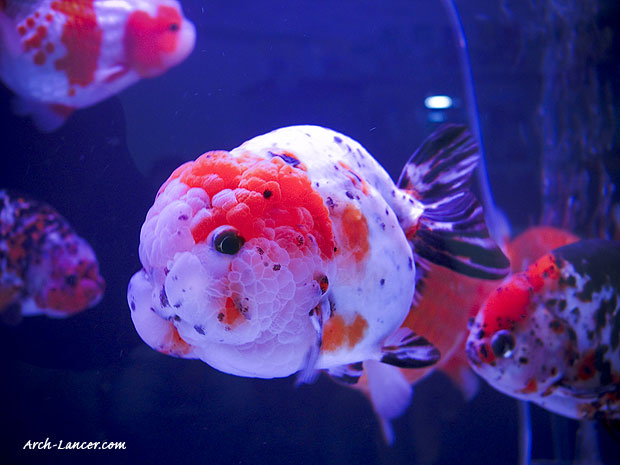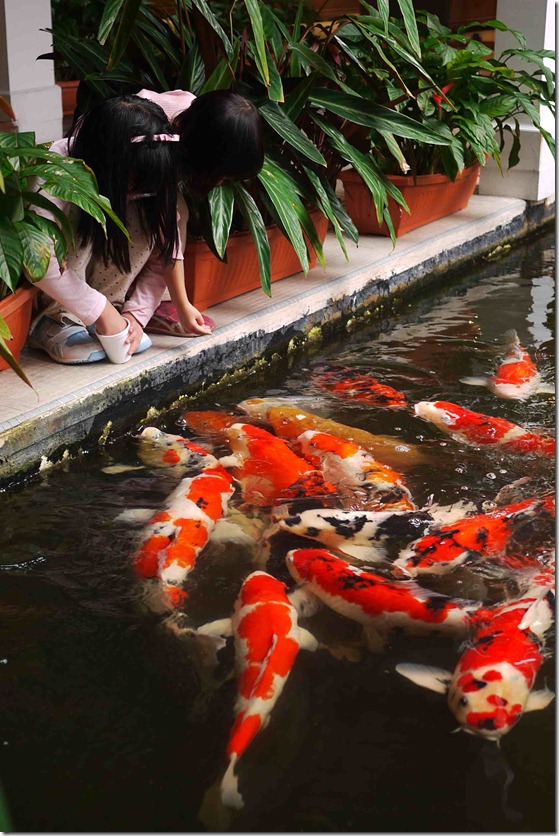
Fishless Cycling Koi Pond: A Comprehensive Guide to Setting Up Your Pond for Success
Introduction
Koi ponds are a popular addition to many gardens, providing a tranquil and beautiful oasis in which to relax. However, setting up a koi pond requires careful planning to ensure the long-term health and happiness of your fish. One of the most critical steps in koi pond setup is fishless cycling. In this article, we’ll provide a comprehensive guide to fishless cycling your koi pond, sharing tips and tricks to help you set up your pond for success.
What is Fishless Cycling?
Fishless cycling is the process of establishing beneficial bacteria colonies in your pond before adding fish. These bacteria break down harmful toxins produced by fish waste, ammonia, and nitrites, converting them into nitrates – a less harmful byproduct that can be removed through regular water changes.
In a new koi pond, these beneficial bacteria colonies do not exist, and it takes time to establish them. Fishless cycling your pond will help ensure that your fish don’t suffer from ammonia or nitrite poisoning as the bacteria colonies begin to establish themselves.
Why is Fishless Cycling Necessary?
Adding fish to an uncycled pond can be detrimental to their health. As fish produce waste, their waste will build up in a pond that does not have the necessary beneficial bacteria colonies to break down the harmful toxins. This can result in ammonia or nitrite poisoning, which can be fatal to your fish. By fishless cycling your pond, you can establish these beneficial bacteria colonies before adding any fish.
The Fishless Cycling Process
Step 1: Choose Your Substrate
The substrate is the material that lines the bottom of your koi pond, and it plays a critical role in fishless cycling. The substrate provides surface area for beneficial bacteria to grow, making it easier for them to establish themselves in your pond.
Some popular substrate options include gravel, sand, or clay pellets. Choose a substrate that is appropriate for the size of your pond and that is easy to clean.
Step 2: Add an Ammonia Source
To kickstart the process of establishing beneficial bacteria colonies, you’ll need to add an ammonia source to your pond. One of the easiest ways to do this is to add fish food to your pond, which will decompose over time and produce ammonia.
Another option is to add pure ammonia to your pond. Be sure you’re using pure ammonia without any added surfactants or scents that could harm your fish. Aim to add enough ammonia to raise the ammonia concentration in your pond to 4 parts per million (ppm). Use a test kit to monitor the ammonia levels in your pond daily.
Step 3: Monitor Ammonia and Nitrite Levels
As the beneficial bacteria colonies begin to grow, they will convert ammonia to nitrite. Nitrite is also harmful to fish in high concentrations, so it’s essential to monitor both ammonia and nitrite levels in your pond using a test kit.
You’ll want to strive for zero ammonia and nitrite readings. If levels rise too high, you may need to perform a partial water change to reduce these levels.
Step 4: Add Beneficial Bacteria Supplements
Beneficial bacteria supplements can help boost the growth of these crucial bacteria colonies in your pond as they establish themselves. These supplements are available in liquid, powder, or pellet form and can be added directly to your pond.
Be sure to choose a supplement that is specifically designed for pond use, and follow the instructions carefully to ensure the supplement is assimilated correctly.
Step 5: Monitor Water Quality
As your beneficial bacteria colonies grow and become established, you’ll need to continue monitoring the quality of your pond water. Keep an eye on the pH level, temperature, and ammonia and nitrite levels, and make any necessary adjustments to maintain optimal water quality.
Conclusion
Fishless cycling your koi pond is essential to ensure the health and happiness of your fish. By following these steps and being patient, you can establish a flourishing ecosystem in your pond that will provide a beautiful and peaceful environment for you and your fish to enjoy.








